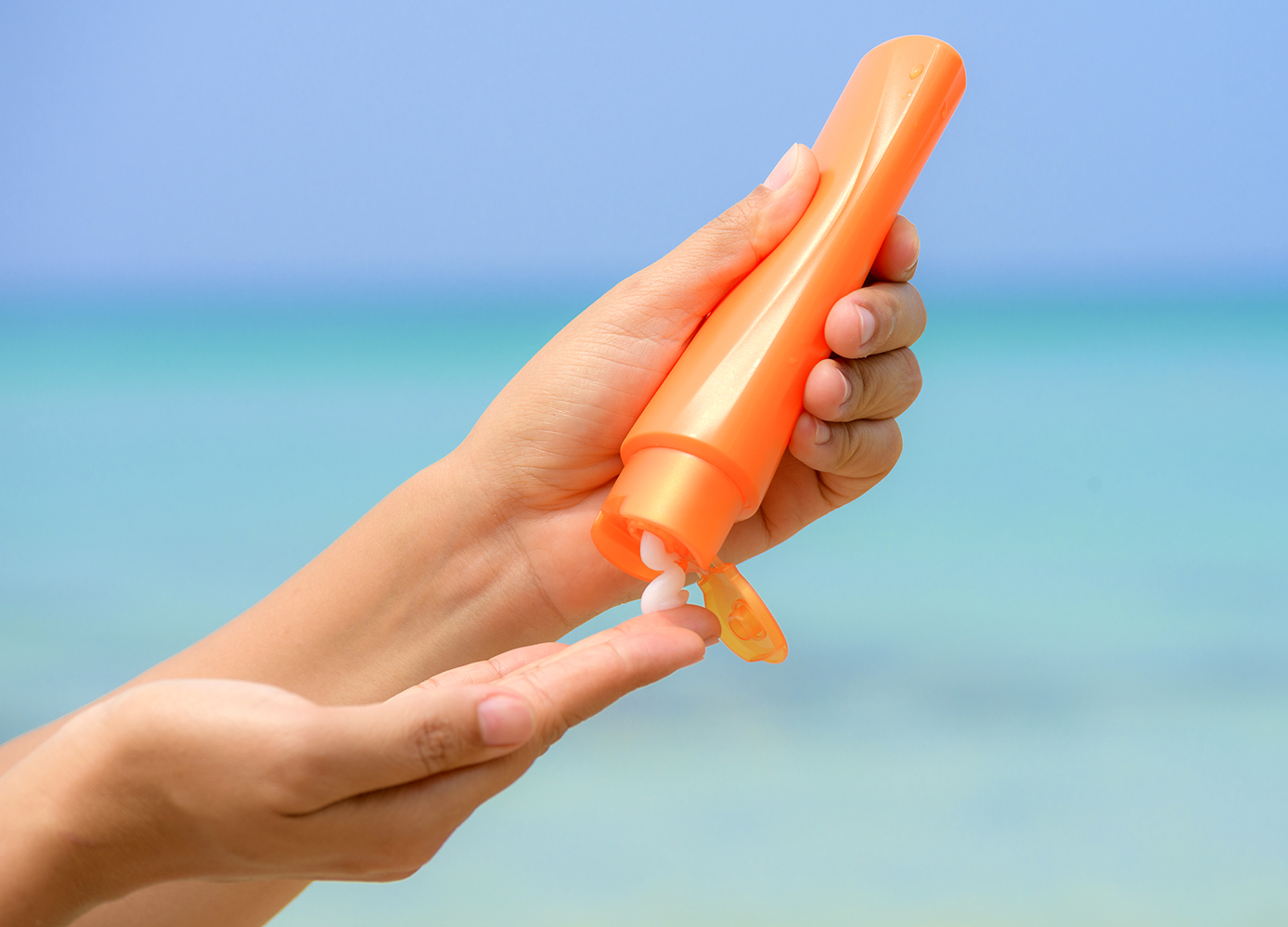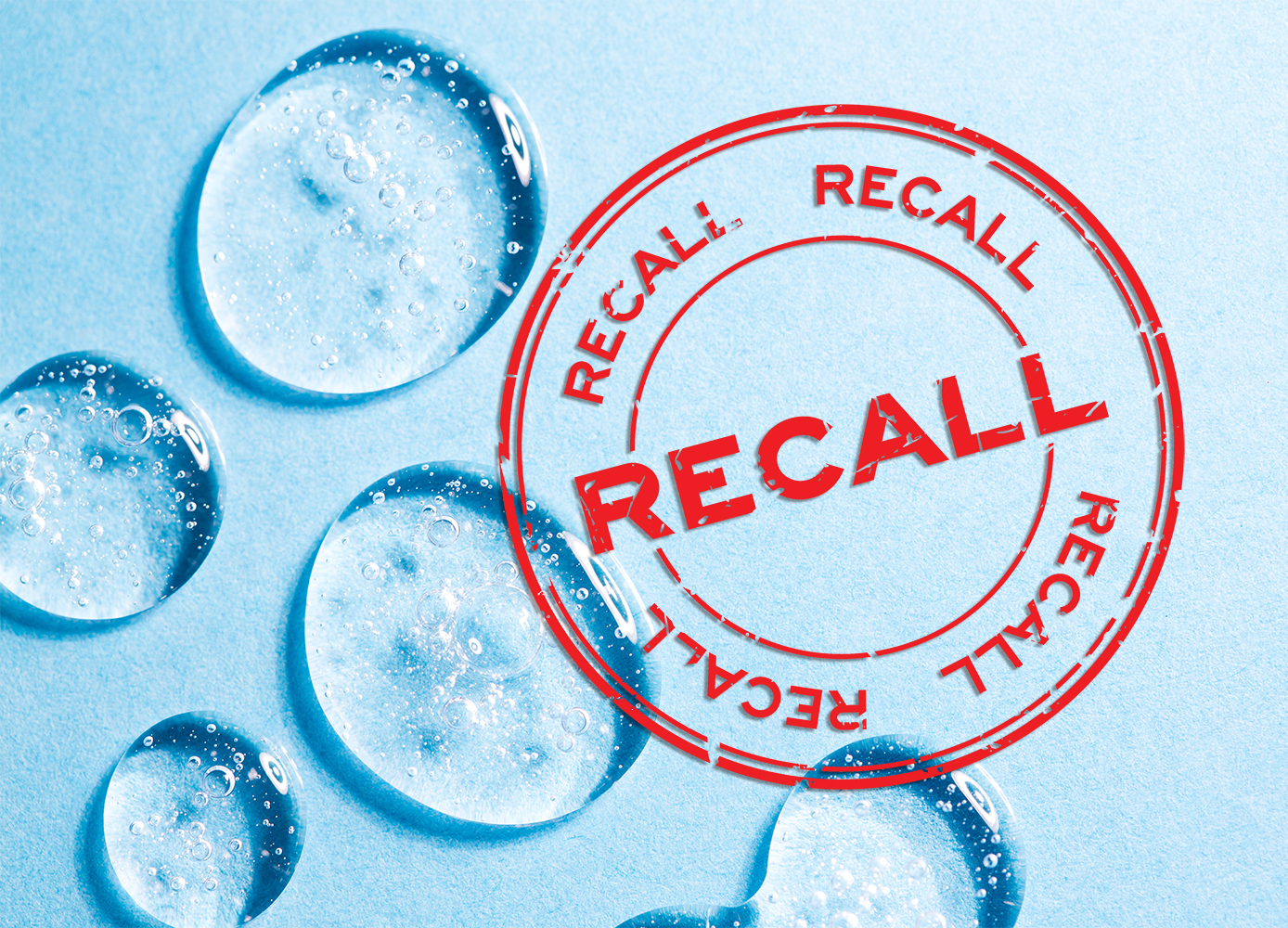A high SPF number is a good thing, right? Wrong
By Katrina Caruso
Misconceptions about sunscreen abound, and misunderstanding what your sunscreen will and won’t do can leave you sunburned and at a higher risk for skin cancer, despite your best efforts. You might think, for example, that a sunscreen labelled “SPF 60” or even “SPF 100” offers a lot more protection than one labelled “SPF 15” or “SPF 30”—but you’d be wrong.
SPF stands for “sun protection factor,” an indicator of how well your sunscreen blocks the ultraviolet (UV) rays that burn your skin. SPF 15 means that you can stay in the sun 15 times longer than you could without a sunscreen before you start to burn: if you normally start to burn after 10 minutes, an SPF 15 sunscreen will protect you for 150 minutes.
However, many sunscreens, no matter what number they boast, block only UVB rays and not UVA rays, which can age your skin, lead to wrinkles, and cause melanoma—the most serious form of skin cancer. For full protection, you need to use a product labelled “broad spectrum” or “full spectrum.”
The High Numbers
It’s important to understand that a high SPF number doesn’t mean double or triple protection: SPF 30 is not twice as protective as SPF 15. While SPF 15 blocks 93% of UVB rays, SPF 30 blocks 97%, SPF 50 blocks 98%, and SPF 100 blocks 99%—not very big differences. A high SPF number means you’ll probably pay more for minimally increased protection.
More important, there are other reasons to avoid high numbers. The higher SPF sunscreens are even worse at blocking UVA rays than the lower numbers are, and there may be health risks associated with the highest numbers, which are for that reason banned in some places. And then there’s the false sense of security: a high number can lull you into thinking you can stay out longer than is safe—and studies have demonstrated that people using higher SPF sunscreens do, in fact, overestimate how long they can be in the sun. Experts recommend that you stick with SPF 30 to 50.
Re-Apply Often
Even the best sunscreen won’t do much for you if you don’t use it properly. Be sure to apply sunscreen 15 to 30 minutes before sun exposure, using about 2 tablespoons to cover your whole body—don’t forget your feet and the tips of your ears—and re-apply often. (Sunscreen can be applied underneath makeup.)
The best kind of sunscreen is water-resistant (because even if you’re not swimming, you’re probably sweating) and broad spectrum, and one that you’re going to apply often. Water-resistant sunscreen isn’t waterproof; it will protect you for about 40 minutes in water. But even without water, sunscreen protection lasts only so long, no matter how high the SPF rating—to repeat: re-apply often.
Don’t forget to wear protective layers, hats, and sunglasses, and in general avoid prolonged sun exposure, especially between 10 a.m. and 4 p.m.
Photo: iStock/spukkato.






